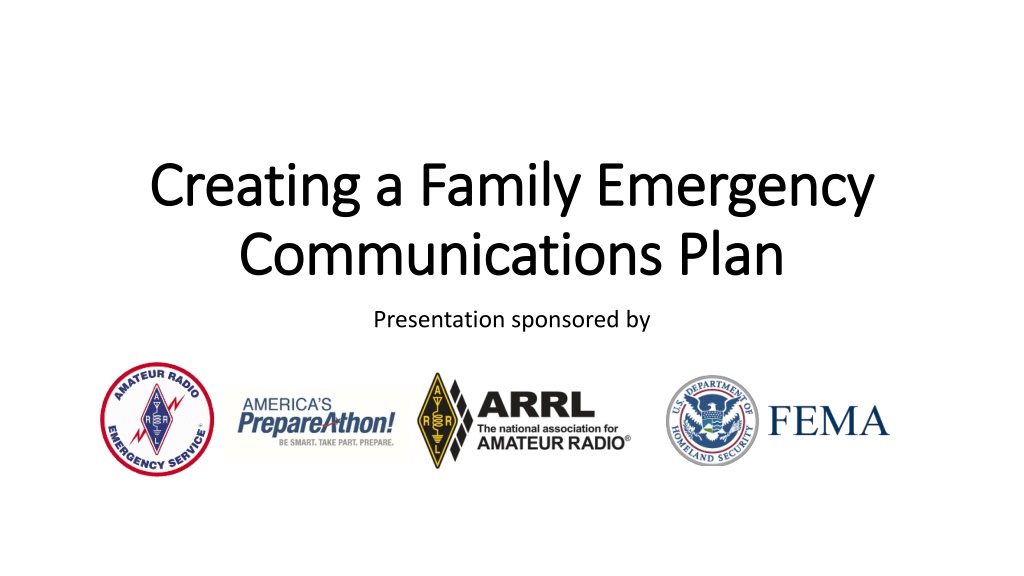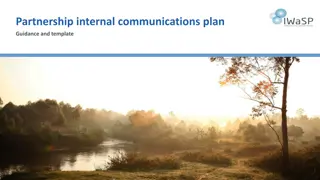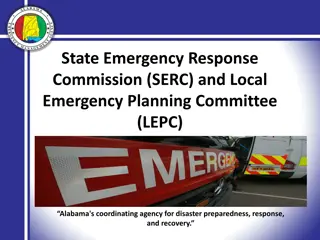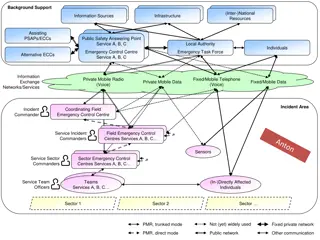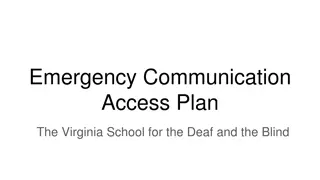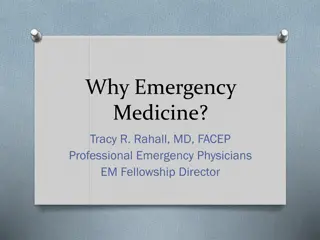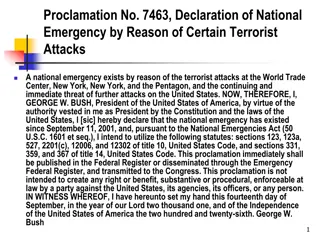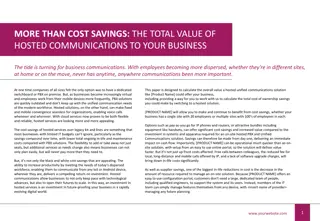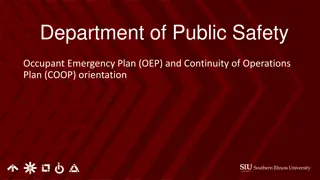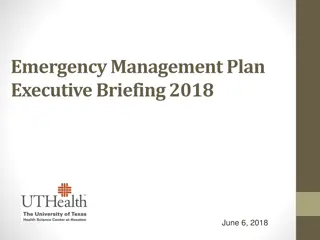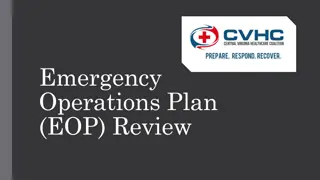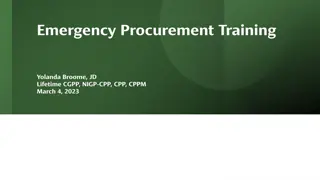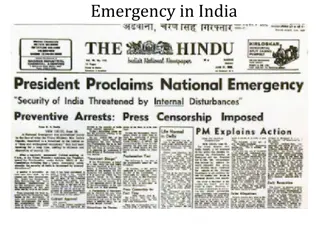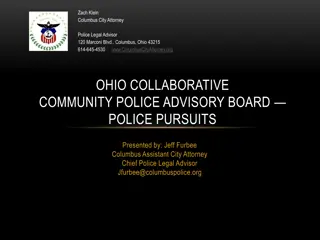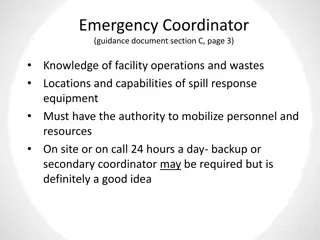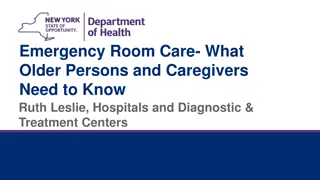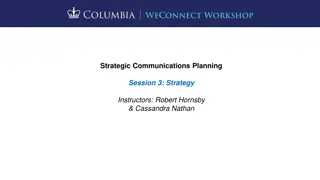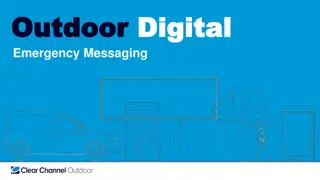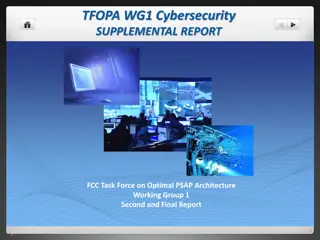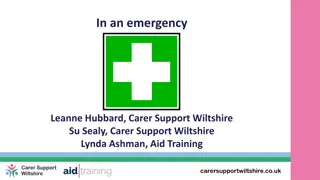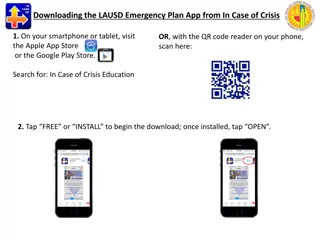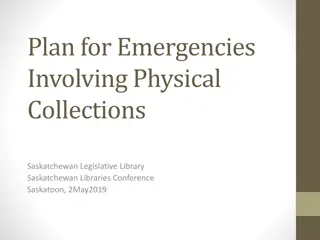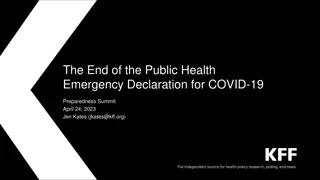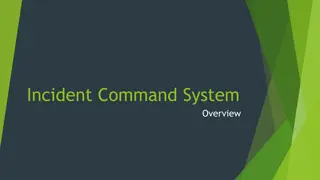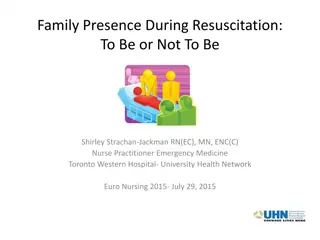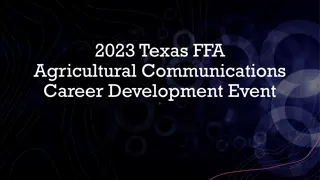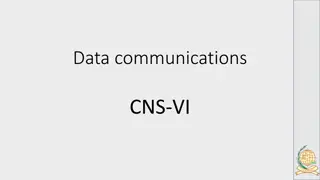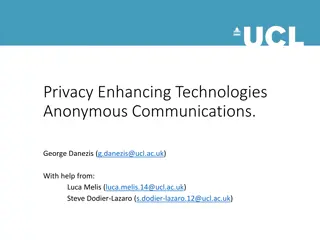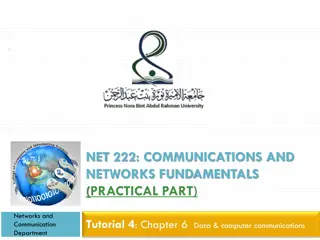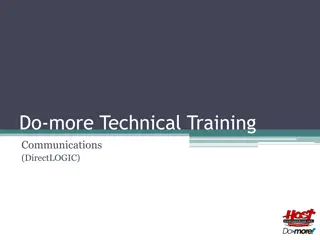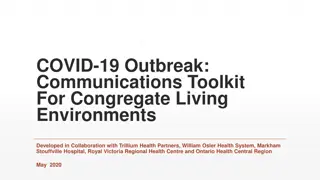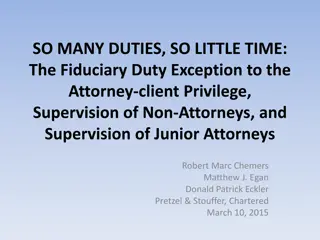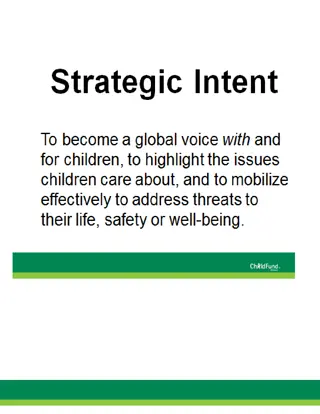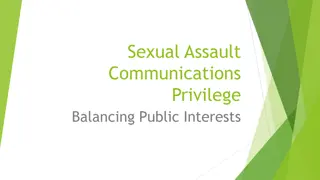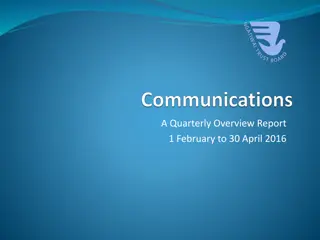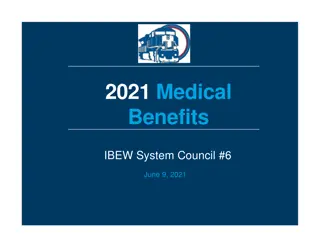Family Emergency Communications Plan Presentation
Learn why creating a family emergency communications plan is crucial in times of disasters. Discover how to receive alerts, find safe locations, communicate when technology fails, and reunite with loved ones. Explore tips on getting tech-ready, building a disaster supplies kit, and setting up a family meeting place. Understand the goals of the plan and how to stay informed and connected during emergencies. Be prepared and proactive to ensure the safety and well-being of your family.
Download Presentation

Please find below an Image/Link to download the presentation.
The content on the website is provided AS IS for your information and personal use only. It may not be sold, licensed, or shared on other websites without obtaining consent from the author. Download presentation by click this link. If you encounter any issues during the download, it is possible that the publisher has removed the file from their server.
E N D
Presentation Transcript
Creating a Family Emergency Creating a Family Emergency Communications Plan Communications Plan Presentation sponsored by
Whats been done Why Make A Communications Plan? Your family may not be together if a disaster strikes. Ask yourself: How will my family/household: Get emergency alerts and warnings? Get to safe locations for relevant emergencies? Get in touch if cell phone, internet, or landline doesn t work? Get to a safe meeting place after the emergency? Let our loved ones know we are safe?
Get Tech Ready! Get Tech Ready! Sign up for FEMA alerts and monthly preparedness tips: text PREPARE to 43362 Get the apps! Red Cross, National Weather Service, National Hurricane Center Get local apps PRESENTER: INSERT LOCAL EMERGENCY MANAGEMENT AND NEWS APP INFO
Build a Kit! Build a Kit! A disaster supplies kit is simply a collection of basic items your household may need in the event of an emergency. Assemble your kit BEFORE an emergency, when you can think clearly. You will not have time during an actual emergency, and you may forget critical items. Do NOT expect to be able to shop for anything. Pack supplies so you and your family can manage by yourself for at least three days and nights. It may take a while for help to arrive.
Build a Kit! Build a Kit!
The Family Emergency Communications Plan The Family Emergency Communications Plan Emergencies can happen at any time. Before an emergency happens, have a family discussion to determine: A person out of state that all family members notify in an emergency How to contact immediate family members if you are separated A family meeting place AWAY from your home; both in the immediate neighborhood and within your town.
The Family Emergency Communications Plan The Family Emergency Communications Plan Goals Get up to date information and news Keep in touch with family members Let loved ones know you are OK Keep In Mind! Cellular service, landline phones, and internet may be disrupted Text often works better than voice when cell service is down or overloaded Check in on Red Cross Safe and Well or by using social media such as Facebook Safety Check
The Family Emergency Communications Plan: The Family Emergency Communications Plan: Using the Template Using the Template
Collect Collect Household Information Phone numbers and email addresses School, Childcare, Caregiver, and Workplace Emergency Plans Disasters may strike during work or school hours Sign up for text alerts from work or school Make sure children know to follow instructions from a responsible adult (teacher, principal, etc) if parents are not there Out of Town Contact make that person a central point of contact for all family members Emergency Meeting Place Indoor tornadoes, hurricanes and high wind events. Interior protection. Neighborhood in case you need to leave your home a big tree, mailbox, neighbor s house Outside your neighborhood: in case you can t get back to your home. Library, community center, place of worship, friend s house Outside your town or city in case of evacuation Other Important Numbers and Information
Share Share Make copies of your Family Emergency Communications Plan for each member of the household Enter household and emergency contact information Store at least one emergency contact under the name In Case of Emergency or ICE for all mobile phones and devices Create a group list on all mobile devices of all people you would need to communicate with during a disaster Learn about smart phone apps such as WhatsApp Make sure every member of the household and your emergency contacts know how to text this is a good chance for kids to teach parents and grandparents Read Be Smart. Know Your Alerts and Warnings and sign up to receive emergency information
Practice Practice Practice texting and calling each other Discuss what information you should send by text. Have kids teach older adults about common text abbreviations. Appoint a lead person to send out information about the designated meeting place to the household. Practice meeting at designated meeting places. Talk about the plan regularly. Challenge family members to recite important numbers from memory. Make sure everyone knows how and when to call 911. Review, update and practice your Family Emergency Communications Plan at least once a year.
Tips for Communicating in Disasters Tips for Communicating in Disasters Text is best! Keep voice calls short. Wait at least 10 seconds between calls Conserve your battery reduce screen brightness, turn down volume, place phone in airplane mode, close apps you do not need, limit watching videos and playing games. Have back up batteries and chargers. Portable USB cell phone chargers are cheap insurance; get some. Do not text or call while driving Maintain a household landline phone. If you have call forwarding make sure to send calls to your cell if you evacuate If internet is available, make use of email and social media to communicate that you are OK Safe and Well and Facebook Safety Check If you do not have a cell phone, keep a pre-paid phone card on hand. Look into other communications systems to keep in touch with family during a disaster Family Radio Service (FRS) and Amateur ( ham ) Radio
For more information: For more information: Links FEMA www.fema.gov www.ready.gov National Weather Service www.weather.gov National Hurricane Center www.nhc.noaa.gov Red Cross www.redcross.org Your local Amateur Radio Group: PRESENTER: INSERT CONTACT INFO
